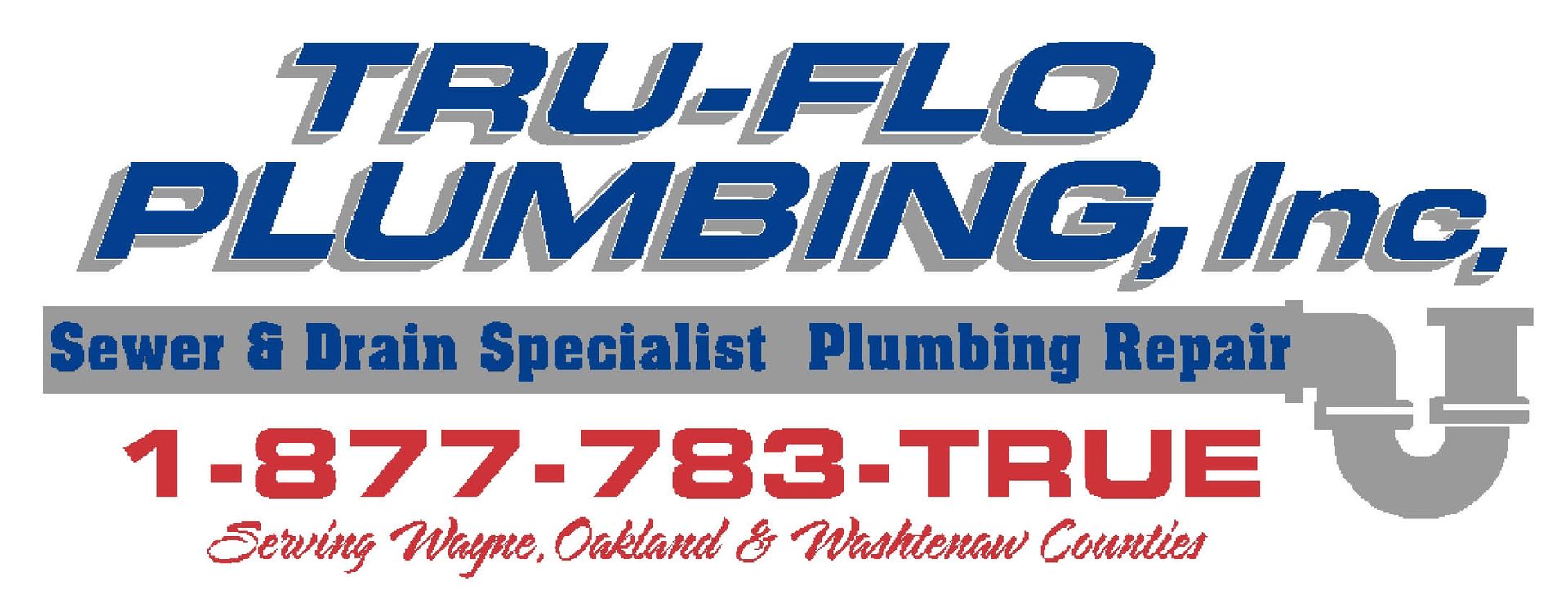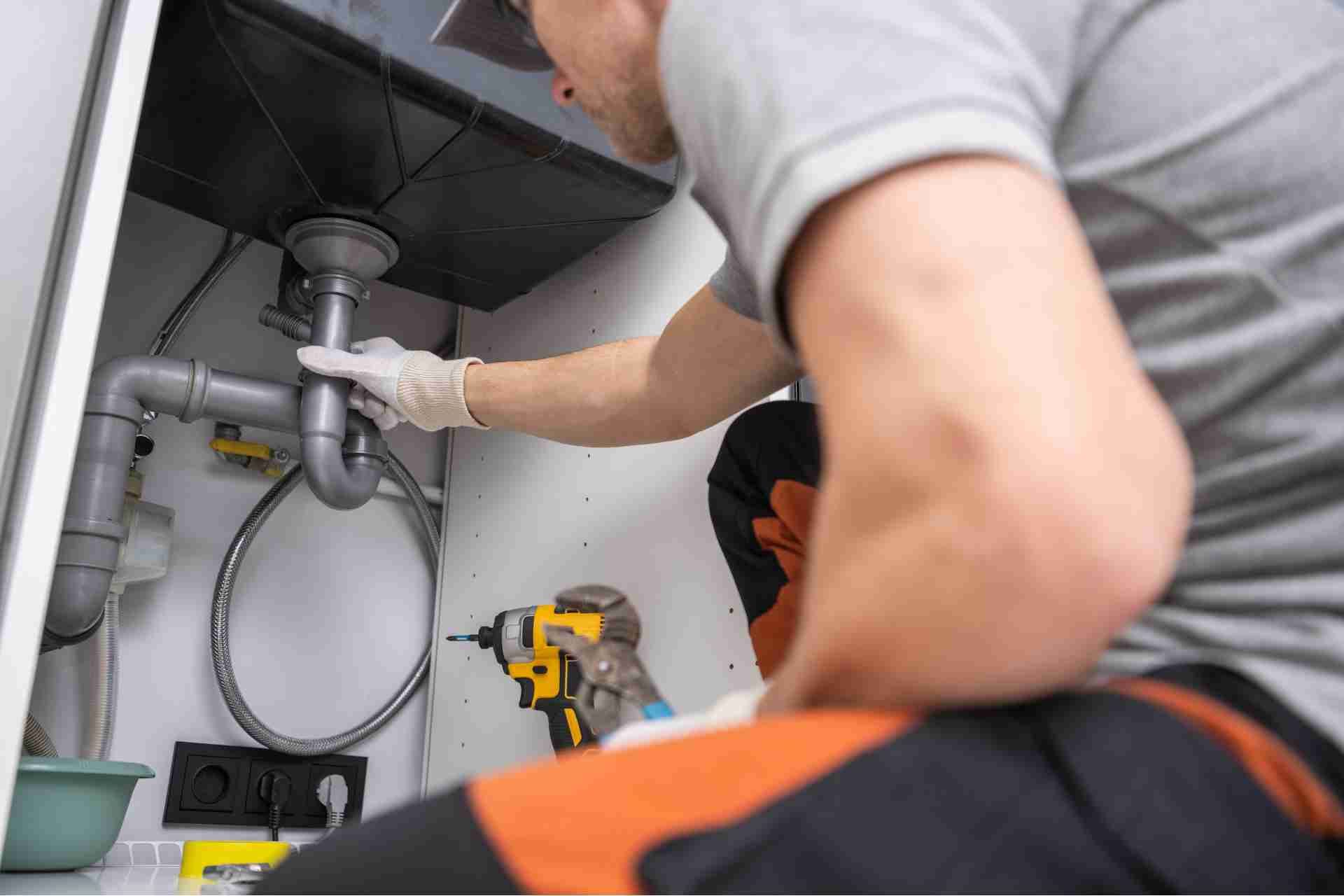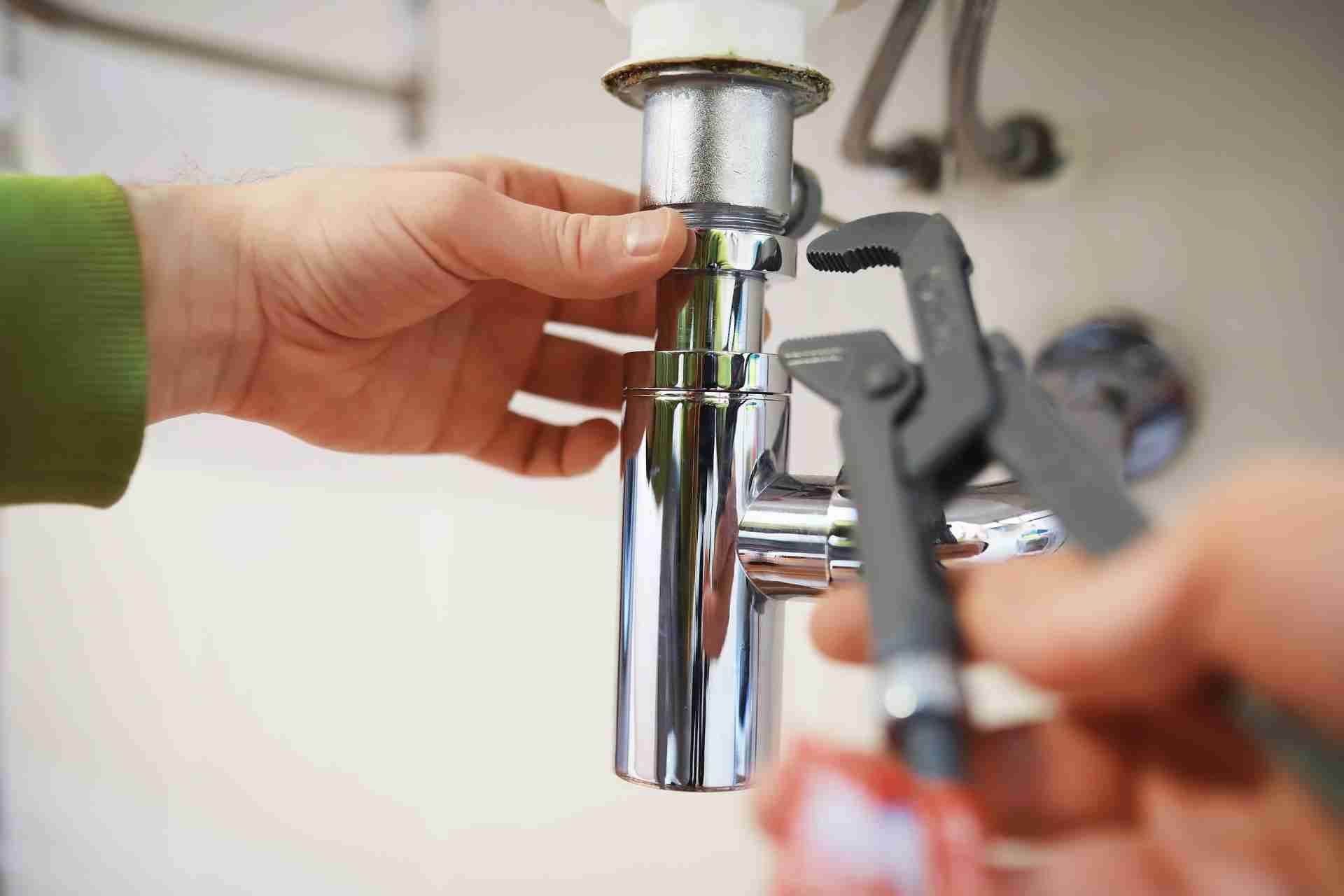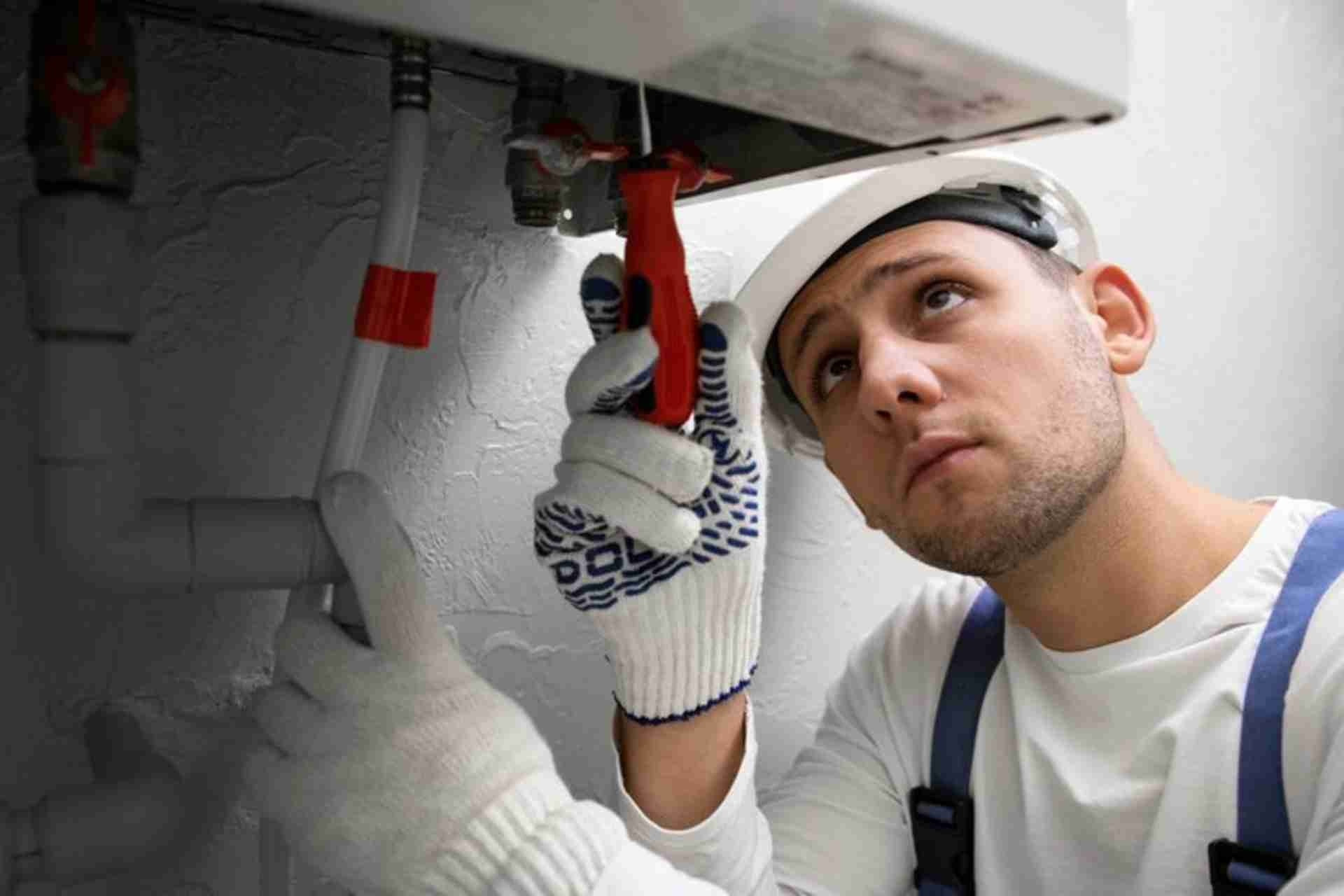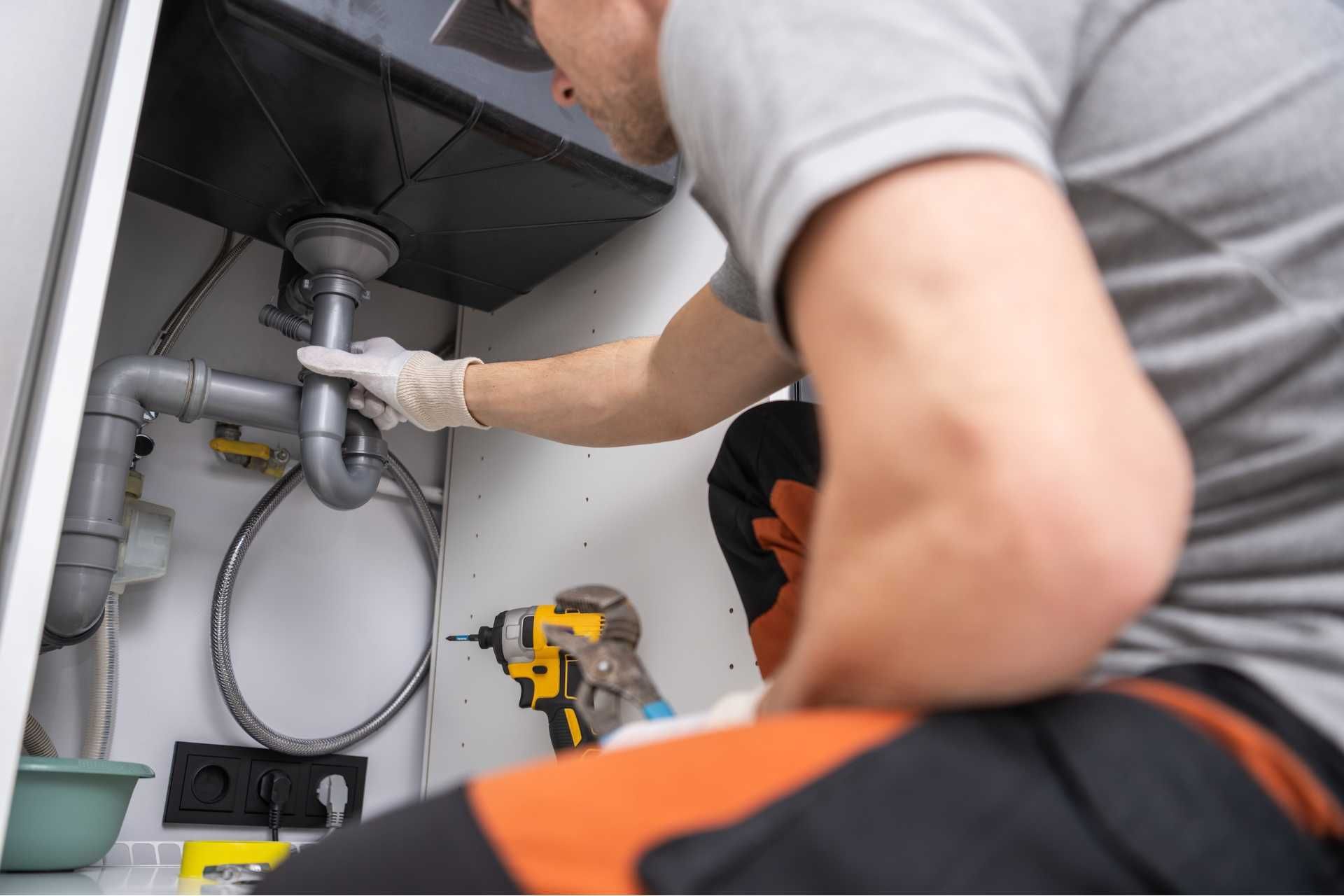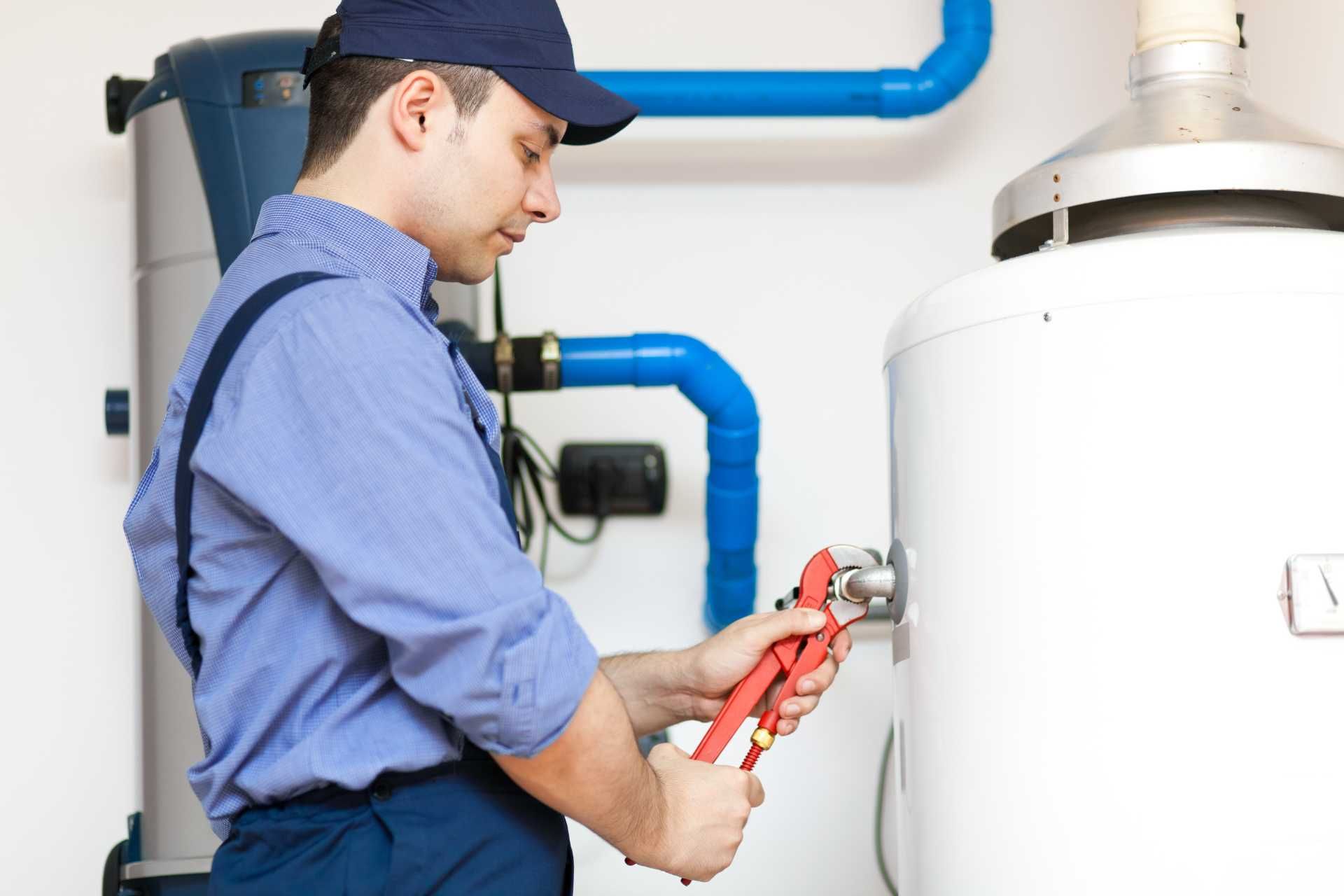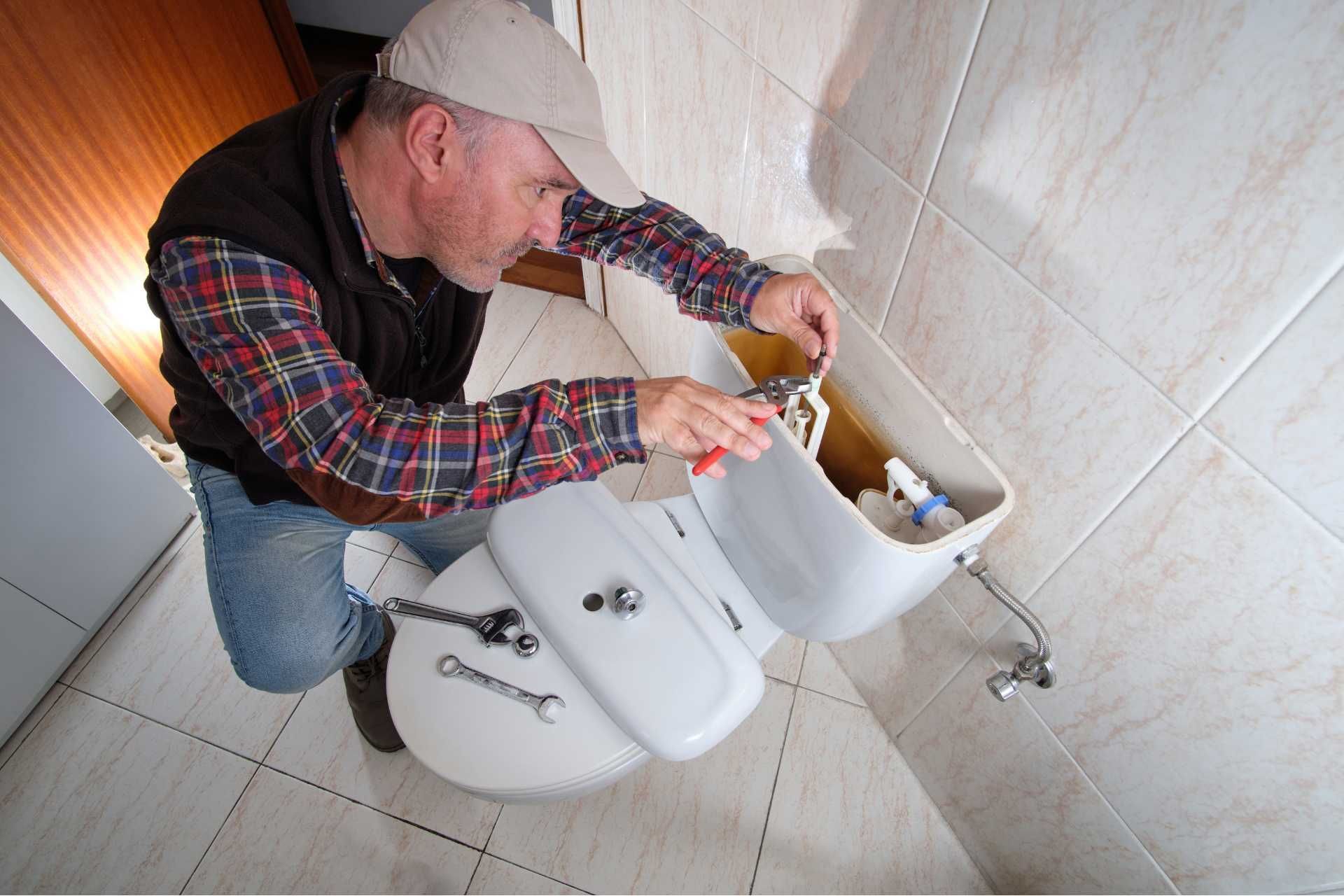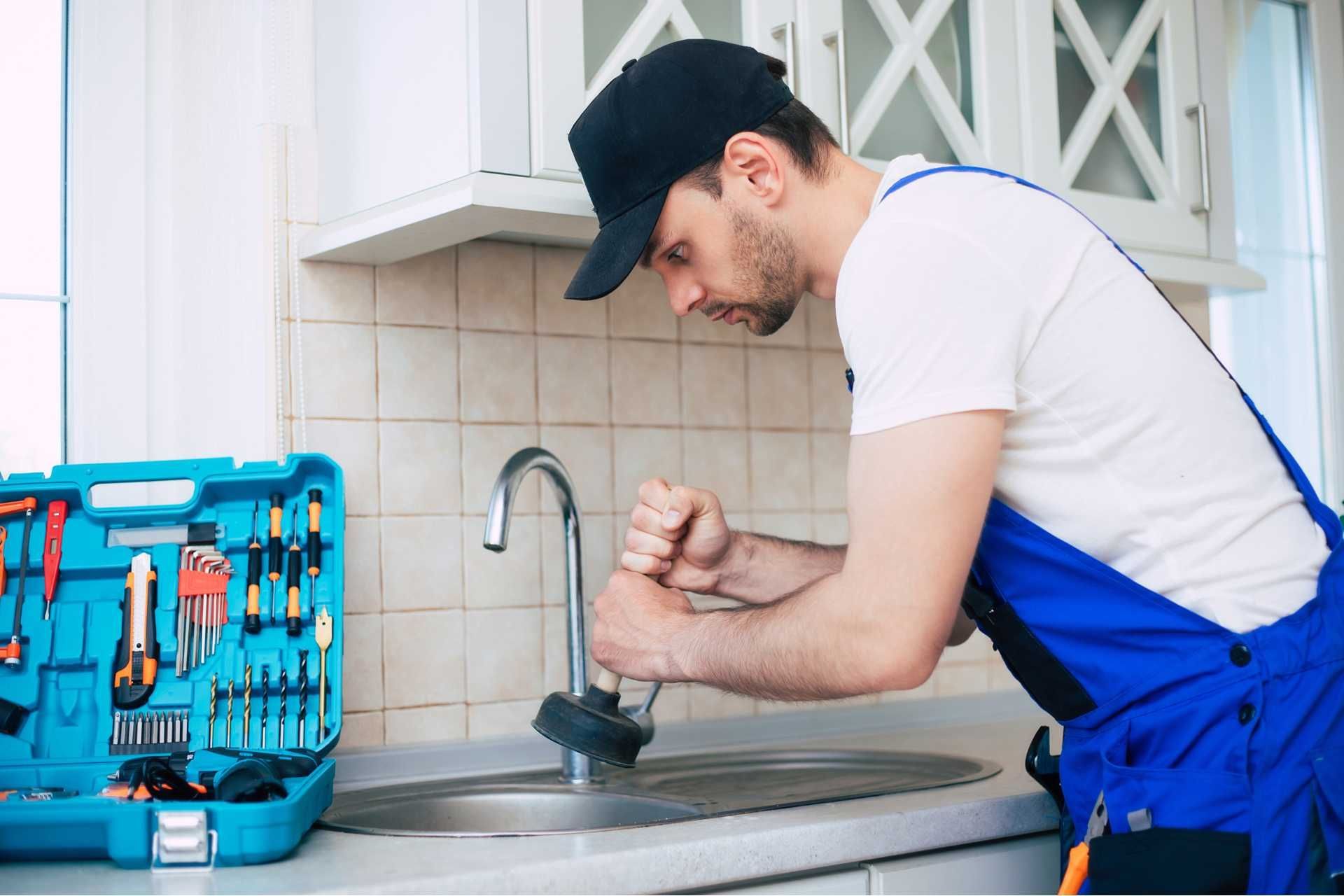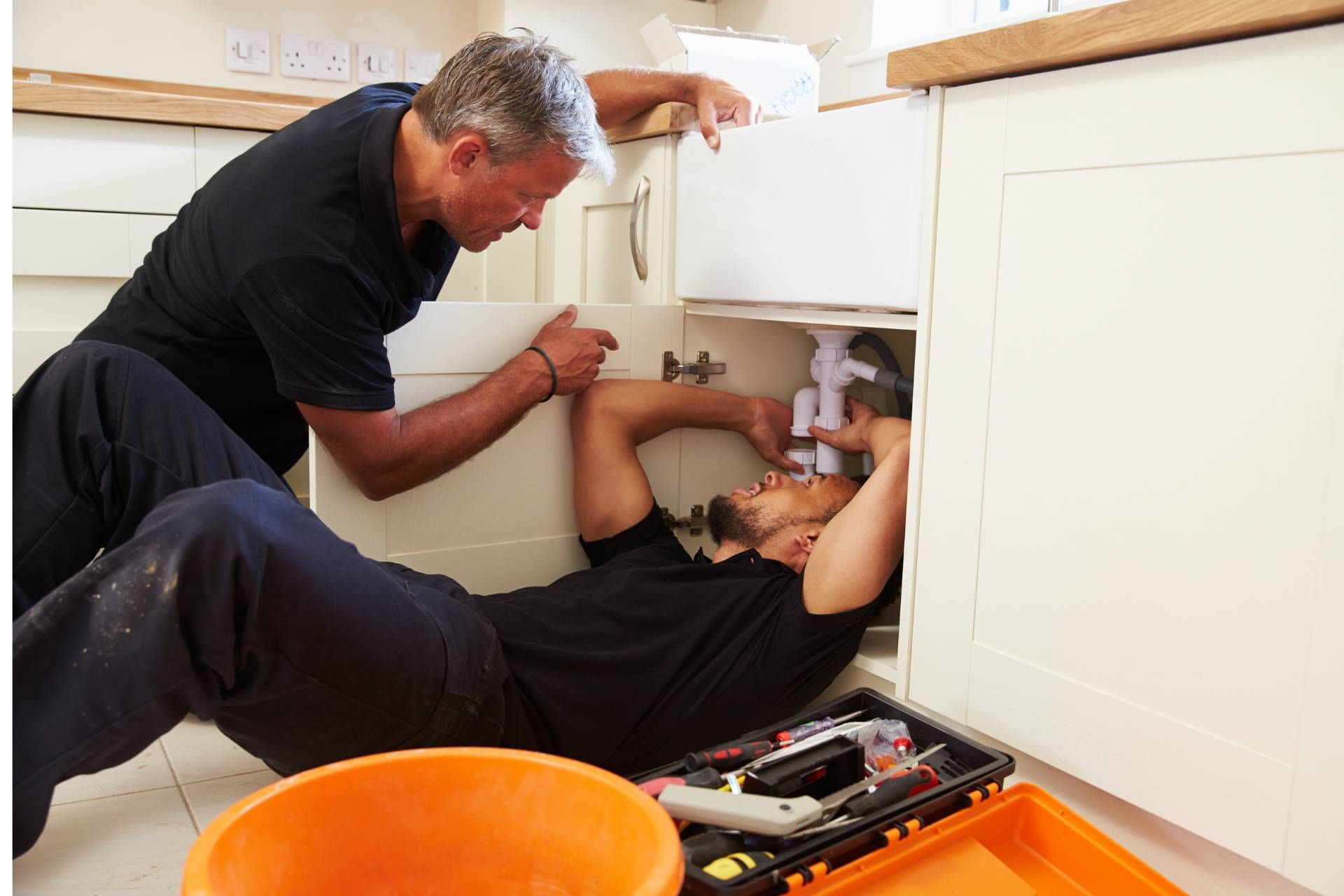Common Kitchen Plumbing Repairs
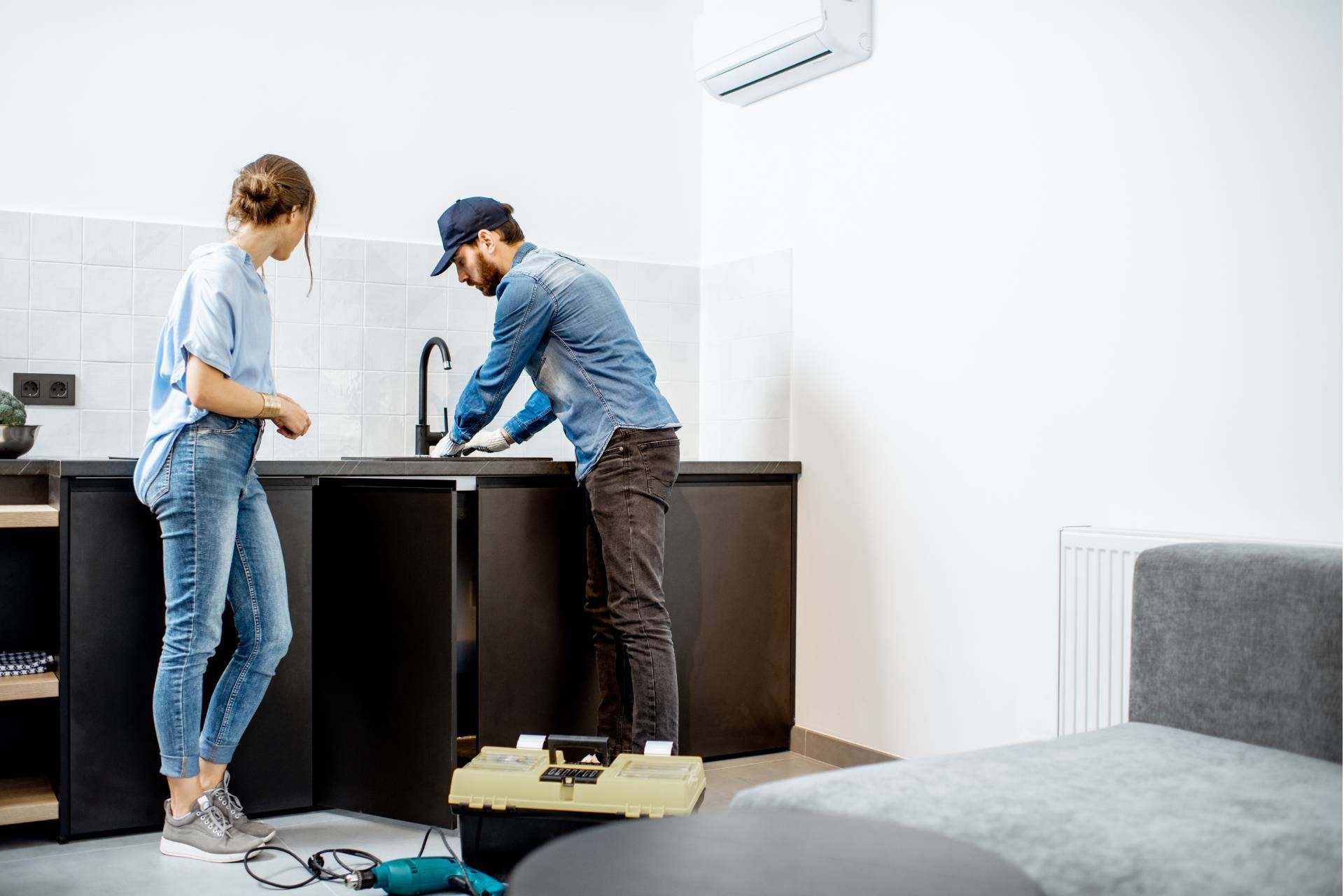
The kitchen is one of the most used rooms in any home, which means that its plumbing system is constantly under a lot of stress. From washing dishes to cooking meals, the kitchen plumbing is essential for everyday activities. Unfortunately, like any other system in a home, kitchen plumbing can sometimes fail.
Kitchen plumbing repairs can be a nuisance for any homeowner. From leaking faucets to clogged drains, these issues can disrupt the smooth functioning of your kitchen and create a mess in your home. While some plumbing problems are minor and can be fixed easily by a DIY enthusiast, others may require the expertise of a professional plumber.
In this blog post, we will discuss some of the most common kitchen plumbing repairs that homeowners may encounter.
1. Leaky Faucet
A leaky faucet is a common household issue that can waste water and increase your utility bills. It can also be annoying to listen to the constant dripping sound. To fix a leaky faucet, you can try tightening the faucet handle or changing the washer or O-ring inside the faucet. If you're not comfortable doing these repairs yourself, you may need to call a plumber to fix the leak for you. Fixing a leaky faucet can help you save water and money in the long run.
Here are some steps you can take to fix a leaky faucet:
- Turn off the water supply: Before you begin, make sure to turn off the water supply to the faucet to prevent any further leaking.
- Identify the type of faucet: There are different types of faucets, such as compression, ball, cartridge, and ceramic disk. Each type may require a different approach to fixing the leak.
- Replace the O-rings: In many cases, the leak may be caused by worn-out O-rings. To fix this, you will need to disassemble the faucet and replace the O-rings with new ones.
- Tighten the faucet handle: Sometimes, a leaky faucet can be fixed simply by tightening the handle. Use a wrench to tighten the handle and see if the leak stops.
- Clean the aerator: A clogged aerator can also cause a leaky faucet. Remove the aerator from the faucet and clean it thoroughly to remove any debris that may be causing the leak.
- Replace the cartridge or valve: If the leak persists after trying the above steps, you may need to replace the cartridge or valve inside the faucet. This may require some plumbing knowledge or the help of a professional.
2. Clogged Sink
A clogged sink is one of the most frustrating household problems that can occur. Whether it's in the kitchen or bathroom, a clogged sink can disrupt your daily routine and cause a lot of inconvenience. If left untreated, a clogged sink can lead to even bigger plumbing issues down the road.
There are a few common reasons why sinks get clogged. In the kitchen, it's usually due to a build-up of food scraps, grease, and oil going down the drain. In the bathroom, hair, soap scum, and toothpaste can accumulate and block the drain. Regardless of the cause, dealing with a clogged sink is never fun.
Here are some steps you can take to unclog a kitchen sink:
- Boiling water: Pouring boiling water down the drain can help dissolve and break up clogs. Be careful when handling boiling water and pour it slowly down the drain.
- Plunger: Using a plunger can help dislodge the clog in the sink. Make sure there is enough water in the sink to cover the plunger and create a good seal before plunging.
- Baking soda and vinegar: Pouring a mixture of baking soda and vinegar down the drain can help break up clogs. Let it sit for a few hours or overnight before flushing with hot water.
- Using a drain snake: A drain snake, also known as a plumber's auger, can be used to manually break up and remove clogs in the drain pipe.
- Chemical drain cleaner: If other methods don't work, you can try using a chemical drain cleaner, but be sure to follow the manufacturer's instructions carefully and use caution as these can be harsh chemicals.
3. Garbage Disposal Issues
Garbage disposals can become jammed or clogged due to food scraps and other debris. This can be fixed by resetting the disposal, removing any clogs, or replacing the blades if necessary.
Some common garbage disposal issues include:
- Clogs: Clogs are one of the most common issues with garbage disposals. This can occur when food particles or other debris get stuck in the disposal unit. To fix a clog, you can try using a plunger or a drain snake to remove the blockage.
- Jammed blades: If the blades of your garbage disposal are jammed, it may not be able to properly grind up food waste. This can be caused by a foreign object getting stuck in the disposal. You can try resetting the disposal by pressing the reset button on the bottom of the unit.
- Leaks: Leaks can occur in the garbage disposal unit or in the drainage pipes connected to it. This can be caused by loose connections or damaged seals. It's important to address leaks as soon as possible to prevent water damage.
- Strange noises: If your garbage disposal is making unusual noises, it may be a sign of a mechanical issue. This can be caused by worn-out blades, loose screws, or other internal components that need to be repaired or replaced.
- Odors: Foul odors coming from the garbage disposal can be a sign that food waste is stuck in the unit and starting to rot. Regularly cleaning your garbage disposal can help prevent odors from building up.
4. Low Water Pressure
Low water pressure can be a frustrating and inconvenient issue to deal with in your home. Whether you're trying to take a relaxing shower or wash dishes, low water pressure can make these tasks much more difficult and time-consuming.
There are several possible reasons why you may be experiencing low water pressure in your home. One common cause is a clogged or blocked pipe. Over time, mineral deposits, debris, and other substances can build up in your pipes, restricting the flow of water. Another possible reason for low water pressure is a problem with the water main or the municipal water supply. If there is a leak or break in the water main, it can lead to a reduction in water pressure in your home.
There are several potential solutions to fix low water pressure in the kitchen:
- Check for any clogs or blockages in the faucet aerator: Remove the aerator from the faucet and clean it by soaking it in vinegar or a commercial cleaner to remove any debris that may be affecting water flow.
- Check the shut-off valves: Make sure that the shut-off valves under the sink are fully open. Sometimes these valves can become partially closed, restricting water flow.
- Check for leaks in the plumbing: Inspect the pipes under the sink for any leaks that may be affecting water pressure. Repair any leaks to restore proper water flow.
- Check the water supply line: Make sure that the water supply line leading to the faucet is fully open and not obstructed. If necessary, replace the supply line with a larger diameter line to improve water pressure.
- Adjust the pressure regulator: If your home has a water pressure regulator, adjust it to increase the water pressure to the desired level. Consult a professional plumber if you are unsure how to adjust the pressure regulator.
- Install a water pressure booster pump: If the low water pressure is a persistent issue, consider installing a water pressure booster pump to increase the water pressure throughout your home.
5. Dishwasher Problems
Having a dishwasher is a huge convenience in any kitchen, but like any other appliance, it can encounter problems from time to time. Dealing with dishwasher problems can be frustrating, especially when you're used to the convenience of simply loading dirty dishes and letting the machine do the work.
Common issues include
clogged drain lines, faulty water inlet valves, or malfunctioning pumps.
Here are some common dishwasher problems and how you can fix them in your kitchen.
- Check the power source: Make sure the dishwasher is properly plugged in and that the power source is functioning. If the dishwasher is not turning on, check the circuit breaker to see if it has tripped.
- Clean the filter: If the dishwasher is not draining properly, the filter may be clogged with food debris. Remove the filter and clean it thoroughly with warm, soapy water.
- Check the spray arms: If the dishes are not getting clean, the spray arms may be clogged with debris. Remove the spray arms and clean them with a small brush or toothpick.
- Use the right detergent: Make sure you are using the correct detergent for your dishwasher. Using the wrong detergent can cause dishes to come out dirty or cloudy.
- Run a cleaning cycle: If your dishwasher has a cleaning cycle, run it to remove any built-up residue or debris from inside the dishwasher.
- Check the door gasket: If the dishwasher is leaking, the door gasket may be worn or damaged. Replace the gasket if necessary.
- Call a professional: If you have tried all of these steps and the dishwasher is still not working properly, consider calling a professional dishwasher repair service to diagnose and fix the problem.
6. Refrigerator Water Line Leaks
If your refrigerator has a water dispenser or ice maker, a leak in the water line can cause water damage to your kitchen.
Here are some steps you can take to deal with a refrigerator water line leak:
- Turn off the water supply to the refrigerator: The first step is to turn off the water supply to the refrigerator. Locate the shut-off valve on the water line that connects to the refrigerator and turn it off to stop the flow of water.
- Clean up any water: Use towels or a mop to clean up any water that has leaked onto the floor or walls. It's important to dry the area thoroughly to prevent any further damage.
- Check the water line for leaks: Inspect the water line for any visible leaks. Look for cracks, holes, or loose connections that may be causing the leak. If you find any issues, you may need to replace the water line or tighten the connections.
- Replace any damaged parts: If you have identified any damaged parts, such as a cracked water line or a faulty connection, you will need to replace them. You can purchase replacement parts at your local hardware store or contact a professional plumber for assistance.
- Turn the water supply back on: Once you have repaired or replaced the damaged parts, you can turn the water supply back on. Make sure to check for any leaks or drips before leaving the refrigerator running.
- Monitor for future leaks: Keep an eye on the water line and refrigerator for any signs of future leaks. Regularly check for leaks and drips to catch any problems early and prevent further damage.
7. Water Heater Issues
Water heaters are an essential appliance in our homes, providing us with hot water for bathing, washing dishes, and doing laundry. However, like any other appliance, water heaters can experience issues and malfunctions that can disrupt our daily routine. Understanding common water heater issues and knowing how to address them can help you avoid costly repairs and inconveniences.
There are several common water heater issues that homeowners may encounter. Some of these include:
- No hot water: This could be due to a malfunctioning heating element, thermostat issues, a faulty pilot light, or a buildup of sediment in the tank.
- Water is not getting hot enough: This may be caused by a malfunctioning thermostat or heating element, or a buildup of sediment in the tank.
- Water is too hot: This could be due to a faulty thermostat that needs to be adjusted or replaced.
- Strange noises coming from the water heater: This could be caused by a buildup of sediment in the tank, a loose heating element, or other mechanical issues.
- Leaking water heater: A leaking water heater can be a sign of a serious problem and should be addressed immediately to prevent damage to your home.
- Rusty or discolored water: This could be a sign that the inside of the tank is corroding, which may require a water heater replacement.
- Water heater is constantly running: This could be a sign of a faulty thermostat or heating element, or a lack of insulation on the tank.
If you are experiencing issues with your water heater, here are some steps you can take to try and fix the problem:
- Check the power source: Make sure that the power source to the water heater is working properly. If it is an electric water heater, check the circuit breaker to see if it has tripped. For a gas water heater, make sure the pilot light is lit.
- Reset the water heater: If you have checked the power source and it is working fine, try resetting the water heater by turning it off, waiting a few minutes, and then turning it back on.
- Check the thermostat: Make sure the thermostat on the water heater is set to the proper temperature. If it is set too low, the water may not be getting hot enough.
- Check for leaks: Inspect the water heater for any leaks or drips. If you find any, it is important to address them as soon as possible to prevent further damage.
- Flush the water heater: Over time, sediment can build up in the tank of a water heater, causing it to run less efficiently. Flushing the water heater can help remove this sediment and improve its performance.
- Inspect the pressure relief valve: The pressure relief valve on a water heater is designed to prevent the tank from building up too much pressure. Check to make sure it is not leaking or malfunctioning.
Schedule an Appointment with Professionals
To schedule an appointment with
Tru Flo Plumbing, please call our office at
1-877-783-(8783) or visit our website at trufloplumbing.com to fill out a contact form. Our friendly staff will be happy to assist you in setting up a convenient time for your plumbing service needs.
Address: 3215 Dix Hwy, Lincoln Park, MI 48146 | Phone: 1-877-783-TRUE (8783)
Copyright © 2023 Tru-Flo Plumbing, All Rights Reserved
